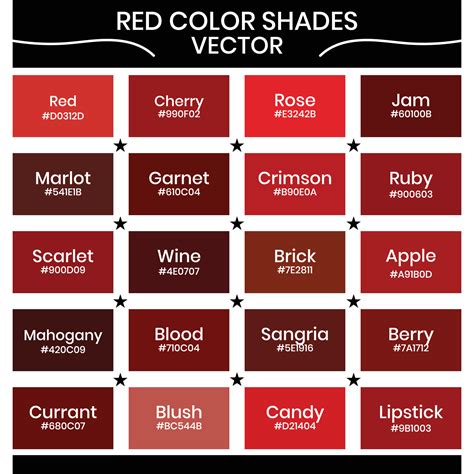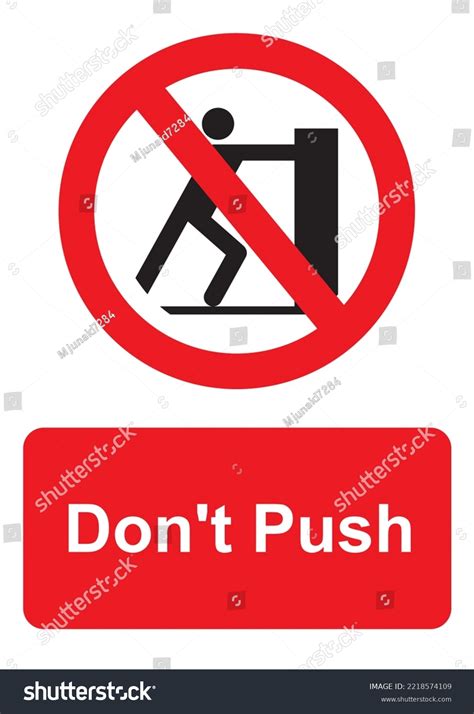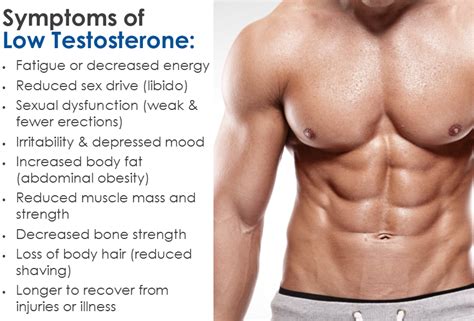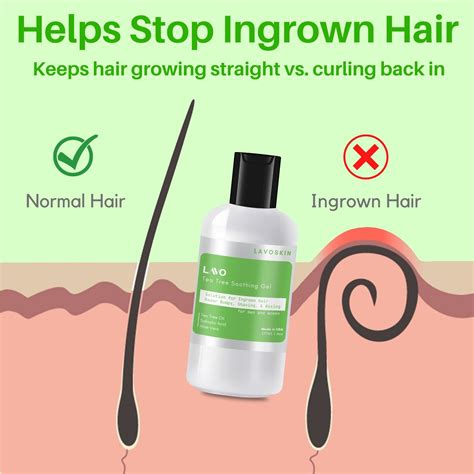Optimize shave: how to eliminate razor burn for peak daily readiness?

Razor burn is a common adversary in the daily grooming routine, capable of turning what should be a refreshing start into an irritating ordeal. Far from a mere cosmetic nuisance, persistent razor burn can undermine confidence and detract from your overall sense of readiness. Achieving a consistently smooth, irritation-free shave isn’t just about looking good; it’s about feeling good, confident, and prepared to tackle whatever the day brings. This comprehensive guide will equip you with the knowledge and techniques to banish razor burn for good, transforming your shaving experience into a cornerstone of peak daily readiness.
Understanding the Enemy: What is Razor Burn?
Razor burn manifests as red, irritated skin, often accompanied by stinging, itching, or small bumps, typically appearing shortly after shaving. It’s primarily caused by a combination of factors: dull blades dragging across the skin, shaving against the grain, lack of lubrication, excessive pressure, or simply having sensitive skin that reacts poorly to irritation. When the hair follicles are aggravated, they can become inflamed, leading to the discomfort and unsightly appearance of razor burn. Identifying these underlying causes is the first crucial step towards prevention.

Mastering the Pre-Shave Ritual
The secret to a comfortable shave often begins well before the blade touches your face. Proper preparation softens the hair, opens pores, and creates a protective barrier for your skin. Start by washing your face with warm water or, even better, shave after a hot shower. The steam helps to soften both your skin and beard, making the hairs easier to cut. A gentle facial scrub can also be beneficial once or twice a week to remove dead skin cells and lift ingrown hairs, further preparing the canvas.
Next, consider applying a high-quality pre-shave oil. This creates an extra layer of lubrication between your skin and the razor, allowing for a smoother glide and significantly reducing friction. Massage it gently into your beard area and let it sit for a minute or two to work its magic before applying your shaving cream.

The Art of the Shave Itself
This is where technique truly shines. The right tools and method are paramount:
- Sharp, Clean Blade: This is non-negotiable. A dull blade tugs and pulls, causing irritation. Change your razor blade every 5-7 shaves, or at the first sign of discomfort. Rinse your blade thoroughly after each stroke to prevent buildup.
- Quality Lather: Ditch the aerosol cans for a rich, hydrating shaving cream or soap applied with a brush. A good lather lifts the hairs, provides lubrication, and moisturizes the skin.
- Shave With the Grain: Pay attention to the direction your hair grows. For your first pass, always shave with the grain. This minimizes tugging and reduces irritation. If you need a closer shave, re-lather and make a second pass across the grain, or very carefully against the grain if your skin tolerates it, but always prioritize comfort over closeness.
- Gentle Strokes, No Pressure: Let the razor do the work. Applying excessive pressure is a leading cause of razor burn. Use short, light strokes and let the weight of the razor glide across your skin.

Post-Shave Care for Soothed Skin
The job isn’t done once the last hair is cut. Post-shave care is critical for calming the skin and preventing irritation:
- Cold Water Rinse: Splash your face with cold water immediately after shaving. This helps to close pores and soothe the skin.
- Aftershave Balm (Alcohol-Free): Avoid aftershaves containing alcohol, as these can dry out and irritate freshly shaved skin. Opt for a soothing, alcohol-free balm or lotion with ingredients like aloe vera, witch hazel, or chamomile, which calm and hydrate.
- Moisturize: Follow up with a good facial moisturizer, even if you’ve used a balm. Hydrated skin is resilient skin.
- Clean Your Tools: Always rinse your razor thoroughly and allow it to air dry. Store it in a way that protects the blade from dulling and contamination.

Advanced Tips and Troubleshooting
- Consider a Different Razor: If multi-blade razors consistently cause issues, try a safety razor or even a straight razor (with proper training). These often use a single, sharper blade that causes less irritation.
- Electric vs. Manual: Some find electric shavers gentler on sensitive skin, while others prefer the closeness of a manual shave. Experiment to see what works best for you.
- Exfoliate Regularly: Beyond pre-shave, regular gentle exfoliation helps prevent ingrown hairs, a common companion to razor burn.
- Listen to Your Skin: If an area is particularly prone to irritation, adjust your technique there. Maybe skip shaving against the grain in that spot, or use even lighter pressure.

Embrace a Smooth, Confident Start
Eliminating razor burn is an achievable goal that profoundly impacts your daily comfort and confidence. By investing in quality tools, meticulously preparing your skin, refining your shaving technique, and committing to proper post-shave care, you can transform a once-dreaded chore into a refreshing ritual. A smooth, irritation-free shave sets a positive tone for your entire day, ensuring you’re not just looking your best, but feeling your most ready and robust. Make these practices a habit, and enjoy the lasting benefits of peak daily readiness.








